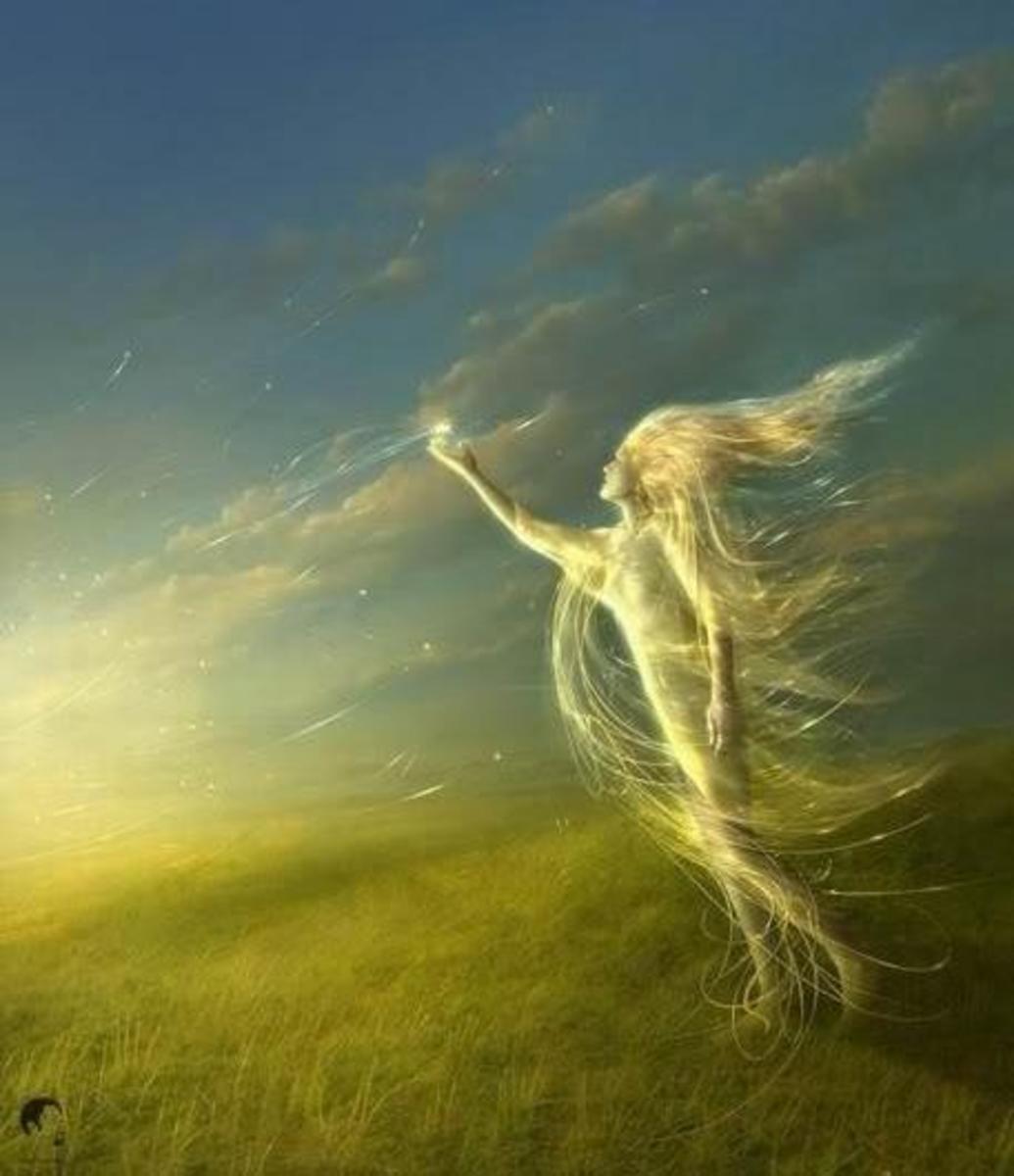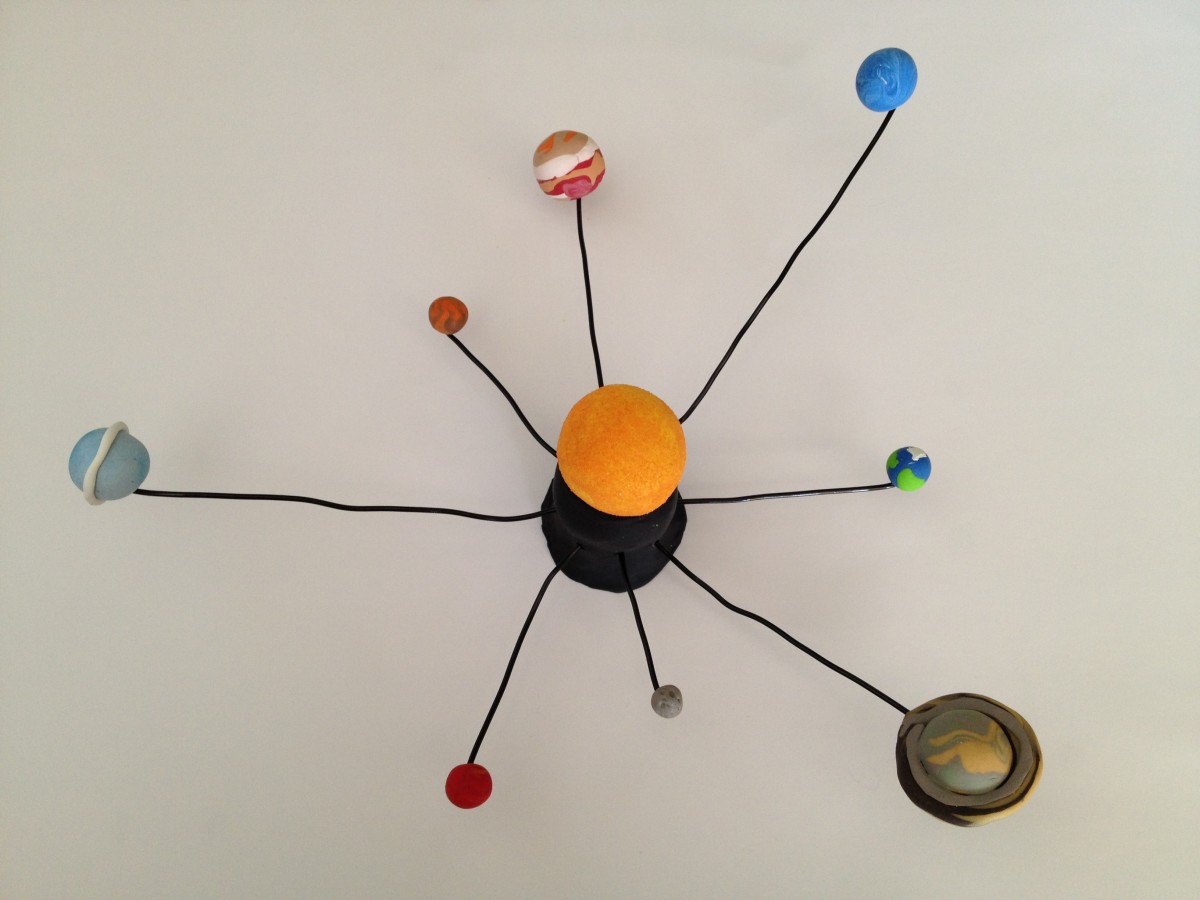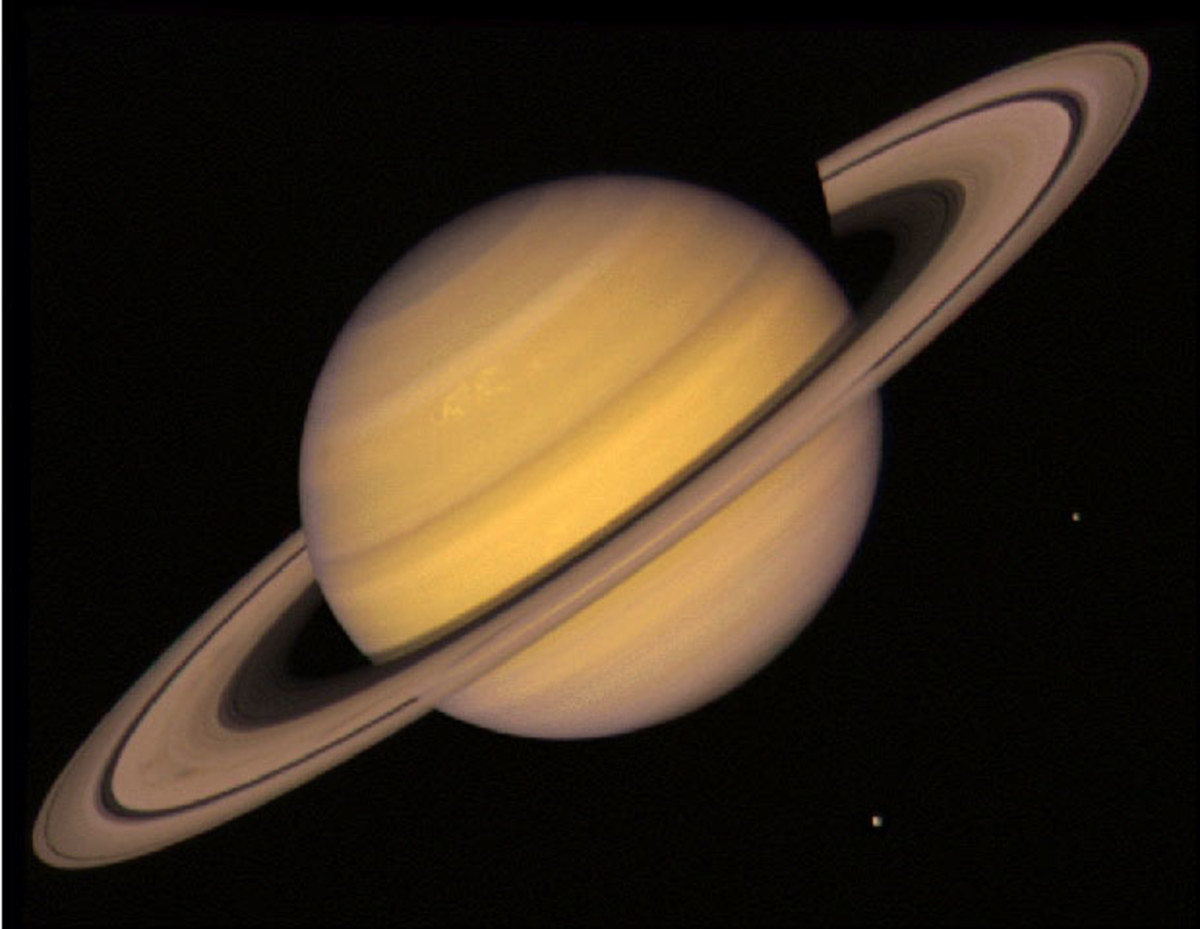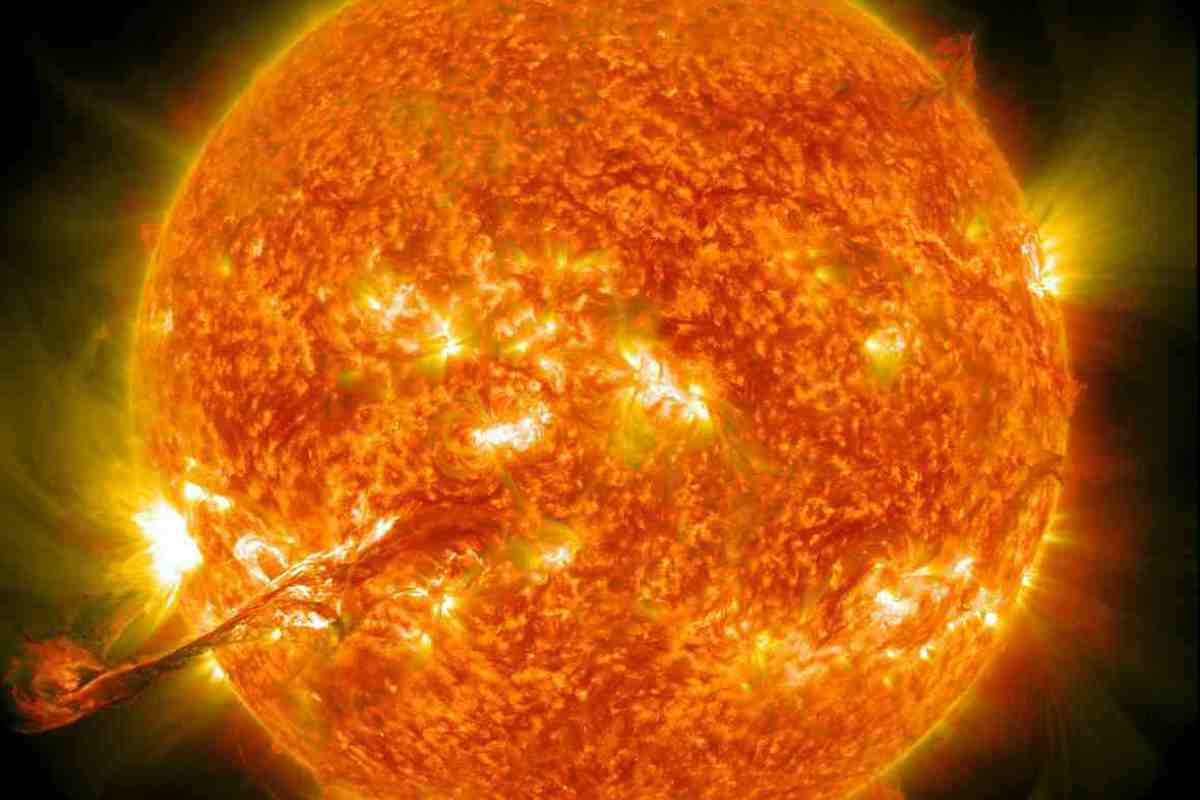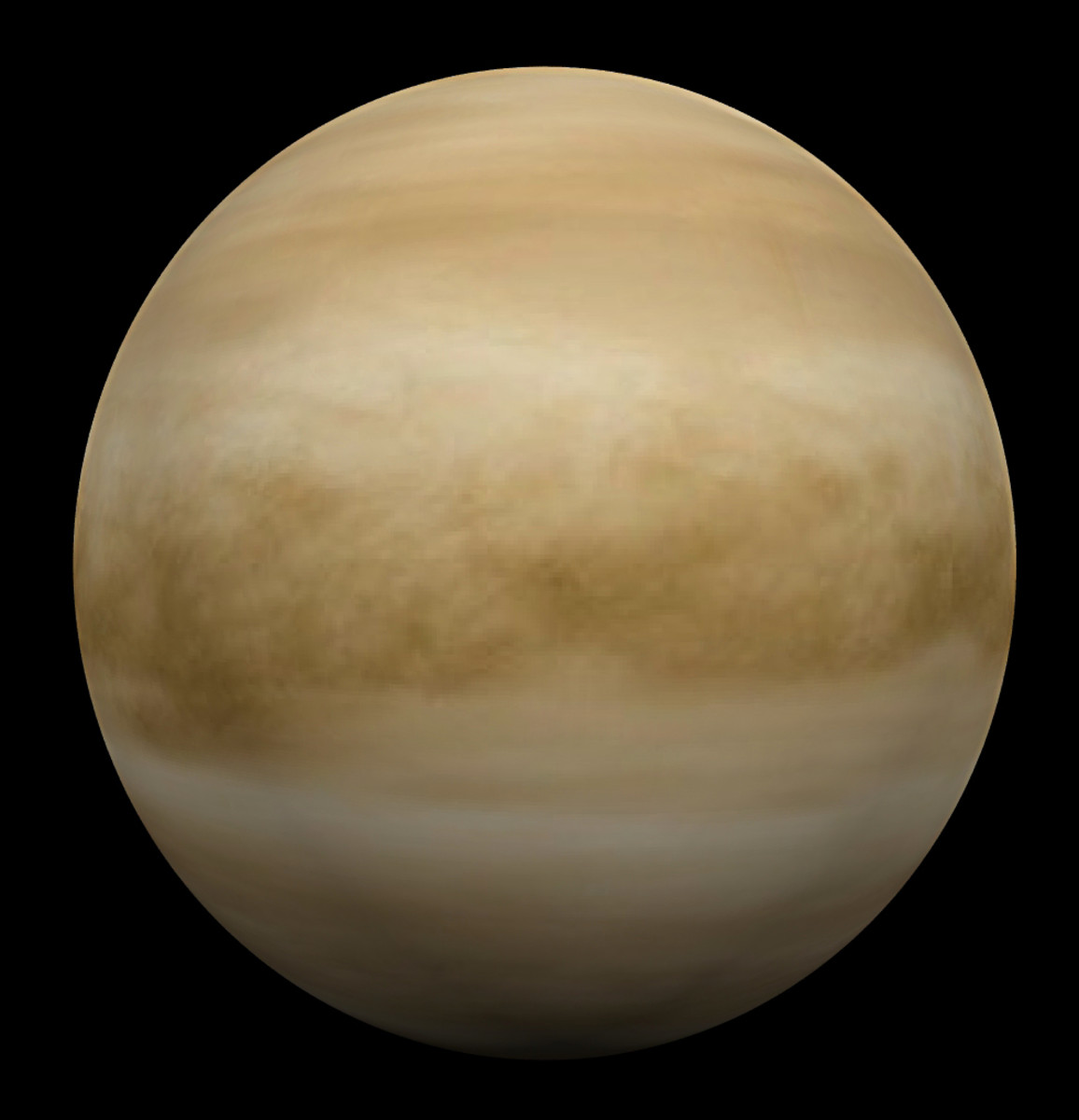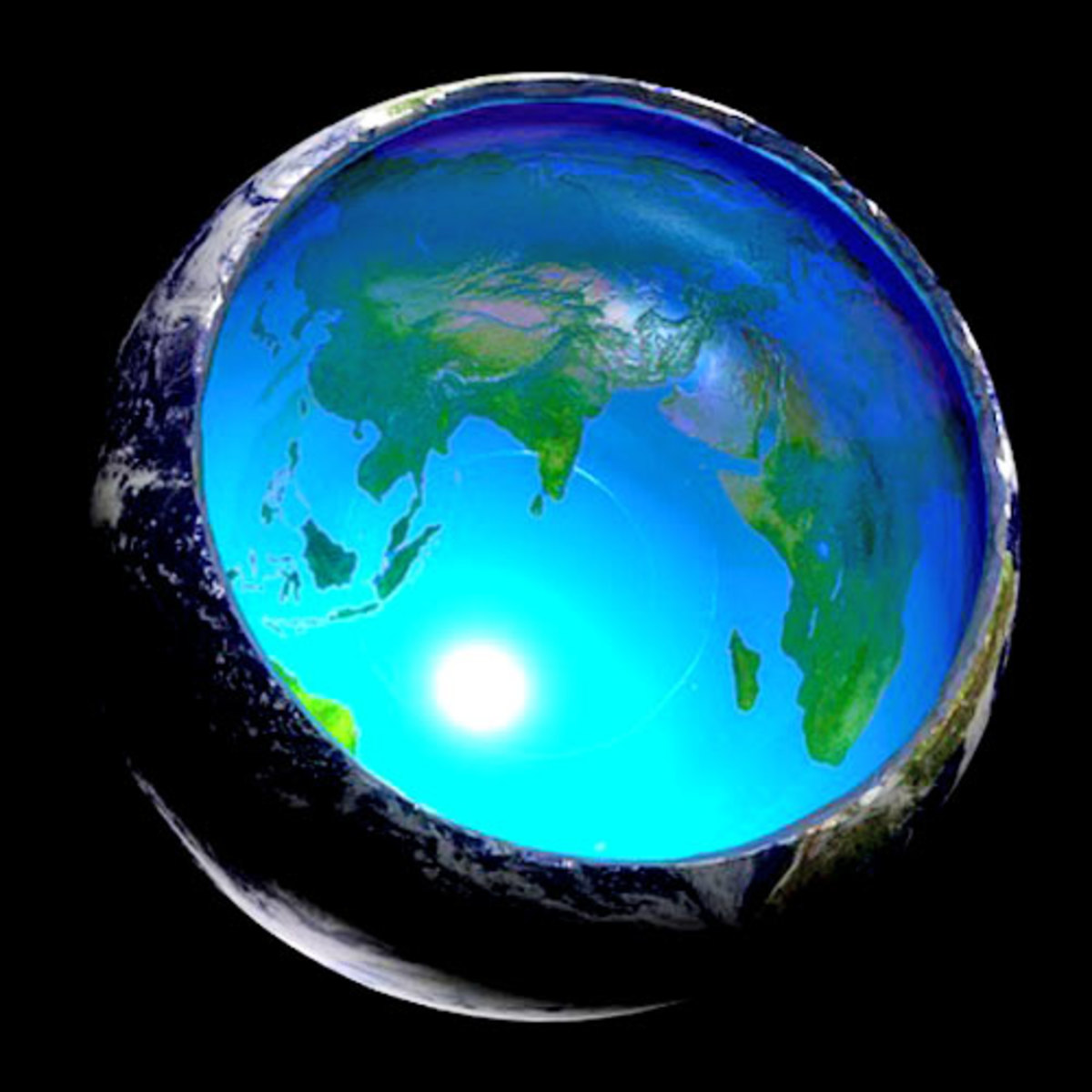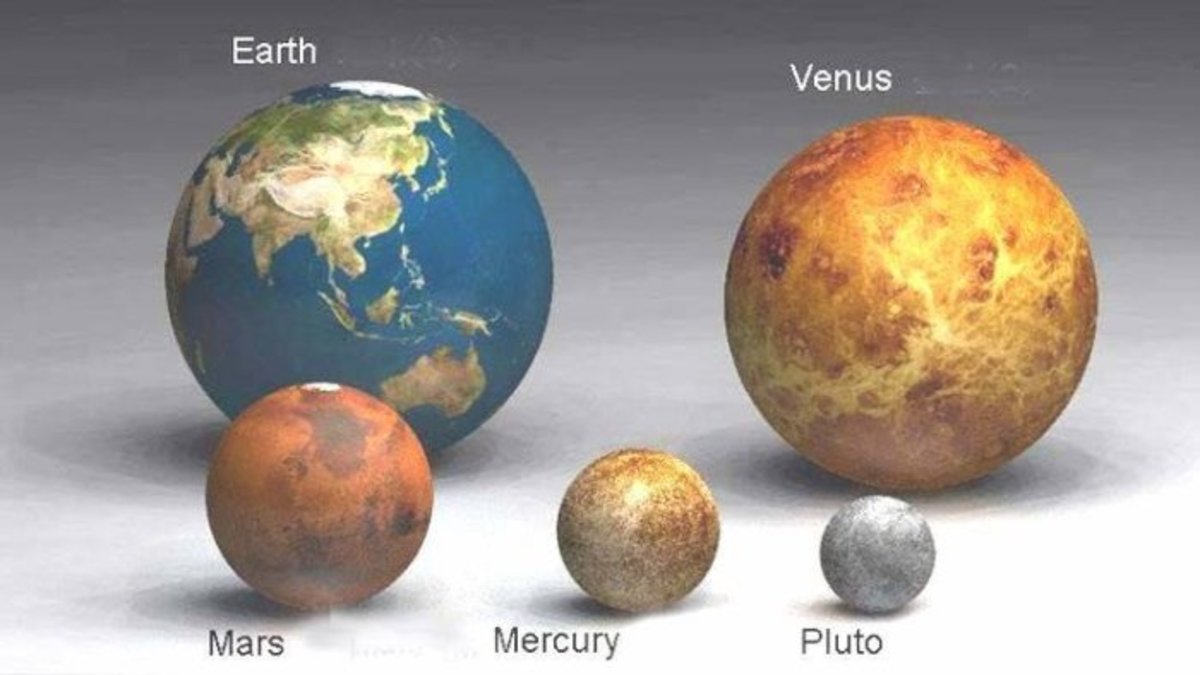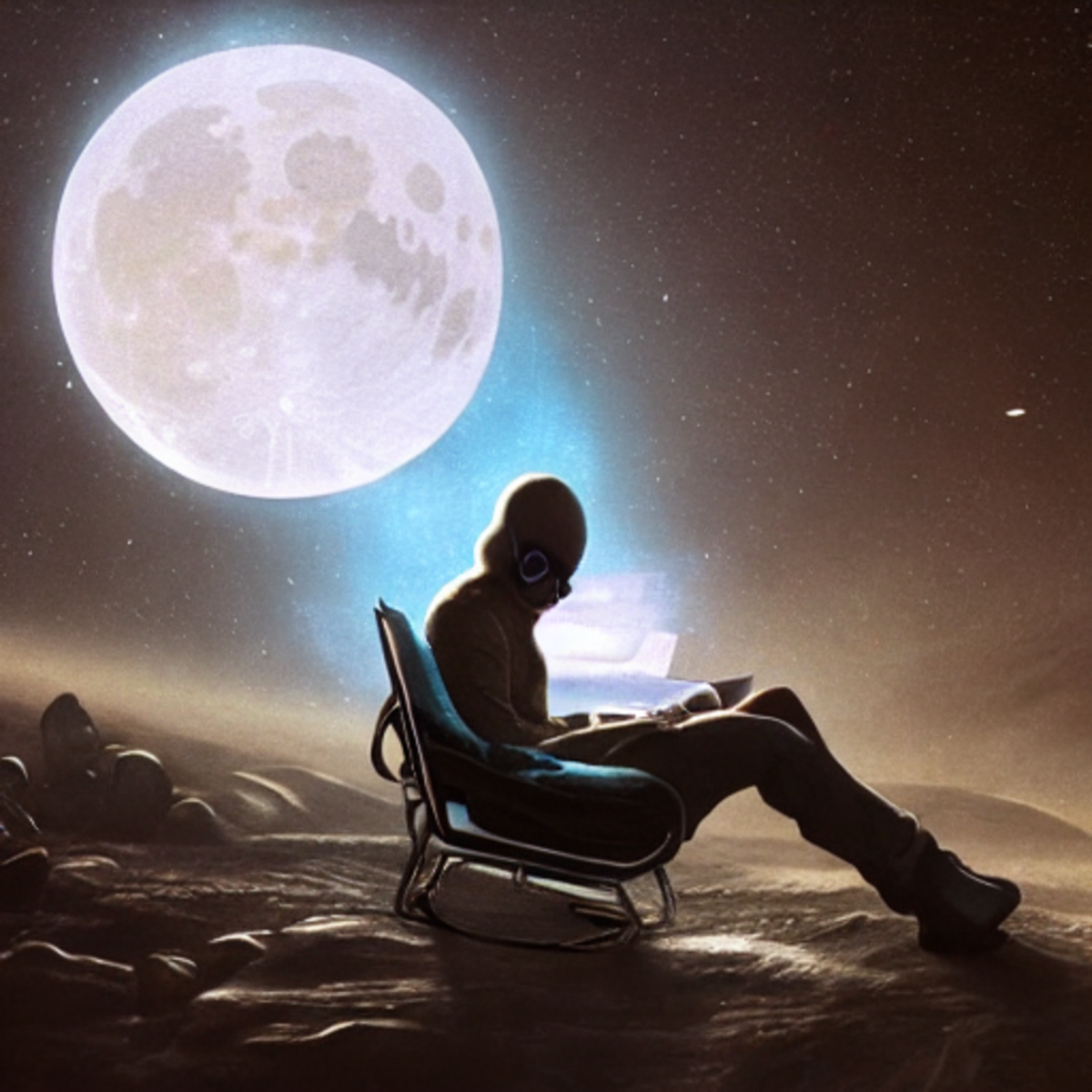The solar system and satellites
The moon
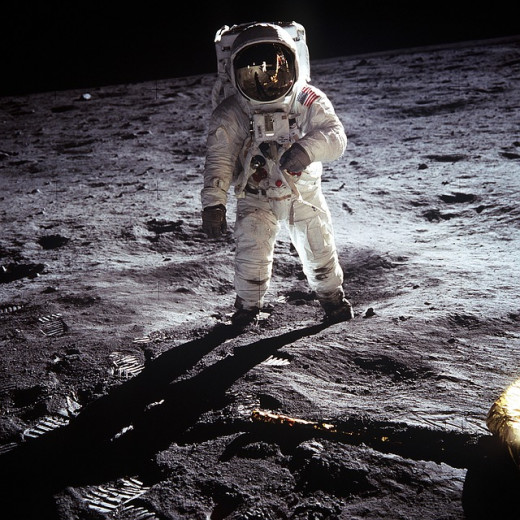
Stars
At night we can see countless stars twinkling in the sky. These stars are huge balls of hot gases giving out light and heat. We do not feel their heat because they are very far from the Earth. Sometimes, stars are present in groups, forming interesting shapes. These groups of stars are called constellations.
Stars
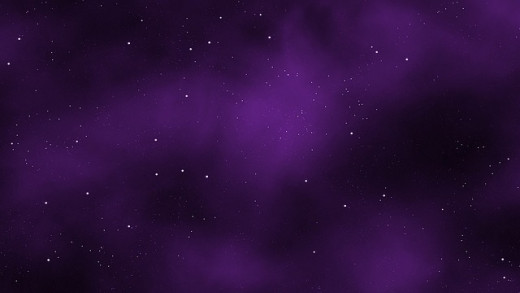
The sun
The sun is also a star. In fact, the sun is the star closest to the Earth. It gives us heat and light. we cannot think of life on Earth without sunlight.
The sun is the most important thing in the solar system. It gives the planets their light and heat and its gravity stops the planets from flying off into space.
The sun
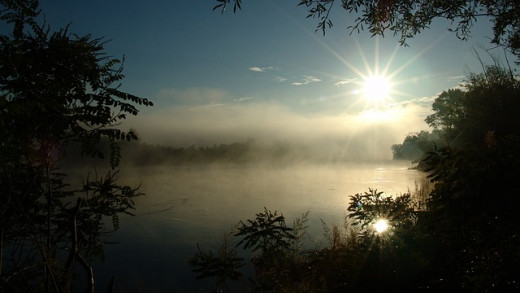
Planets
A planet is a heavenly body that moves around the sun. It has n light of its own. It reflects the sun's light. Planets move around the sun in a fixed path, called orbit, that is why they do not collide with each other.
Planets

Satellite
Satellite are heavenly objects moving around the planets in a fixed path. They do not have light of their own. But they reflect the sunlight which falls on them. Satellites are smaller than planets. Every planet has a satellite (called moon) that revolves around it. Jupiter has a maximum number of 63 moons.
Satellites are of two types:
- Natural satellite.
- Man-made or artificial satellite.
Moon is the natural satellite of the Earth. Artificial satellites are made by humans and sent into space to study the scientific facts ,e.g., INSAT 1A, INSAT 4B, etc.
Satellite

The solar system
The sun is in the center of the solar system. The sun and the 8 planets with their satellites revolving around the sun in fixed orbits make the solar system.
The eight planets according to their distance from the sun are:
- Mercury
- Venus
- Earth
- Mars
- Jupiter
- Saturn
- Uranus
- Neptune
Note:
Earlier , Pluto was considered the ninth planet but on 24 August 2006 the International Astronomical Union (IAU) redefined a planet. Pluto was not considered a planet according to this definition.
We can see few of the planets with our naked eyes, e.g., Venus. But, otherwise, an instrument called telescope is needed to see these heavenly objects. The telescope was invented by Galileo.
Now, can you tell the difference between a planet and a star.
Planets
| Stars
| |
|---|---|---|
1. Planets do have their own light.
| Stars have their own light.
| |
2. Planets do not twinkle.
| They twinkle.
| |
3. Planets move from west to east.
| They move from east to west.
| |
4. There are 8 planets.
| Stars are countless.
|
Solar system
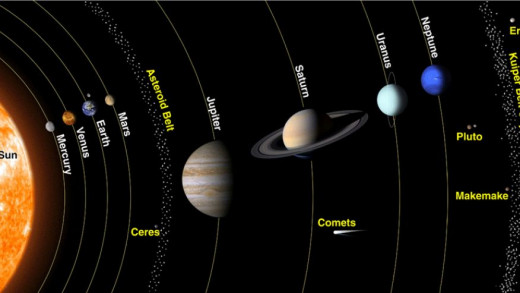
More about planets
Mercury:
Mercury is the smallest planet. It is closest to the Earth. It is boiling hot at day and freezing cold at night.
Venus:
It is second planet from the sun. It is the brightest and hottest planet. it is called morning or evening star as it is seen at dawn or dusk.
Earth:
The Earth is the third planet. It is the only planet which has life on it. It is also called the 'blue planet' because 70 % of Earth's surface is covered with water.
Mars:
Mars is the fourth planet of solar system. It is covered with red dust, soil and rocks. It is called the 'red planet'. Its name comes from 'Mars'- the Roman god of war.
Jupiter:
Jupiter is the fifth and the largest planet of solar system. It spins very fast. It weighs more than 318 Earths put together.
Saturn:
It is the most beautiful planet with shining rings around it. Its rings are made of ice, rocks and dust.
Uranus:
Uranus is covered with thick layer of beautiful blue-green gases. It is very far from the Earth.
Neptune:
It is the farthest planet from the sun. It has cold winds that blow at a speed greater than that of a flying plane.
Do you know ?
- Jupiter makes one complete rotation on its axis in 9 hours 55 minutes.
- Mars is a planet which is very much like Earth. It has mountains, valleys and volcanoes. It has a pink sky as it is covered with red dust.
Remember
- The sun is a huge ball of hot gases. It is a star.
- Planets are heavenly objects moving around the sun.
- Satellites are heavenly objects moving around planets.
- Planets and satellites move around their fixed path called orbits and that is why they do not collide.
- The sun and the eight planets revolving around it form a solar system.
- Different planets have different characteristics.
- Jupiter is the largest planet.
- The Earth is the only planet with life on it.

